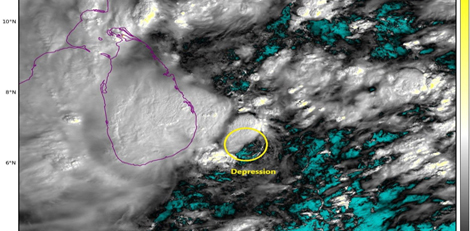Low oxygen environment may be beneficial for those with heart disease, says study
Posted on: 03/Nov/2016 10:16:12 AM

A new study published in the journal Nature has said that a low-oxygen environment - similar to what is found at the top of the Mount Everest - may reverse heart disease. The study was conducted by researchers at the University of Texas in the US.
Speaking about this, the researchers said, The adult human heart is not capable of any meaningful repair following a heart attack, which is why heart attacks have such a devastating impact. Though counterintuitive, we have shown that severely lowering oxygen exposure can sidestep damage to cells caused by oxygen and turn cell division back on, leading to heart regrowth. To avoid oxygen damage to cells, oxygen levels needed to be very low, a situation referred to as hypoxia.
This work shows that hypoxia equivalent to the summit of Mt Everest can actually reverse heart disease, and that is extraordinary. In theory, creating a low-oxygen environment could lead to repair not only of heart muscle, but of other organs as well. Although exposure to this level of hypoxia can result in complications, it is tolerated in humans when performed in a controlled setting.







